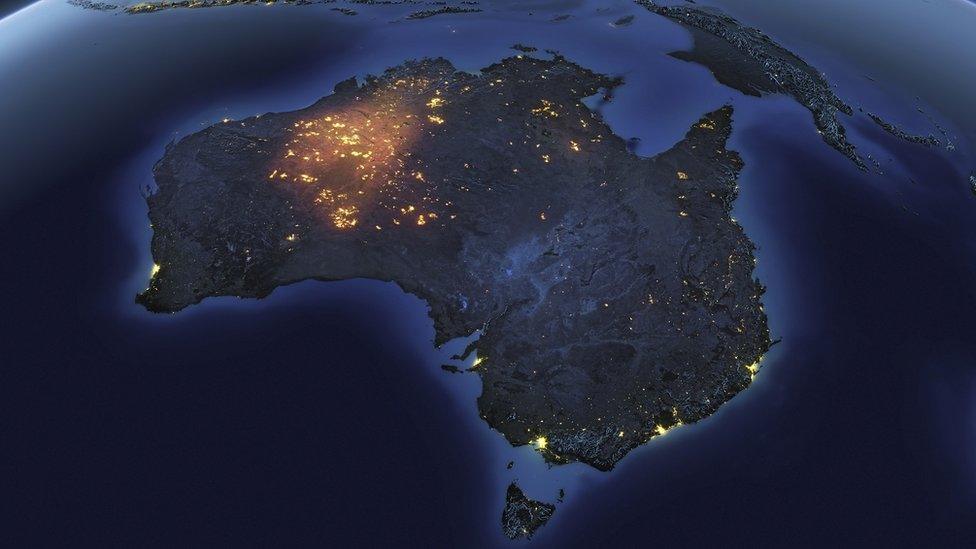Australia: Permanent migration cap raised for first time in decade
- Published

Healthcare workers across Australia have been calling for more staff
Australia is raising its cap on permanent migration for the first time in a decade to help fill massive workforce shortages.
It will take up to 195,000 people this financial year - an increase of 35,000.
The pandemic and Australia's tough border policies have exacerbated staffing gaps in many sectors.
Workers from countries including China, India and the UK - Australia's top sources of migration - are needed to fill them, the government says.
There are more than 480,000 job vacancies across the country, but with unemployment at an almost 50-year low, employers are struggling to fill the gaps.
The hospitality, healthcare, agriculture and skilled trade industries have been particularly hard hit.
Worker shortages have thrown airports into chaos, left fruit to rot on trees, and put immense pressure on hospitals, a national jobs summit in Canberra heard this week.
"Our focus is always Australian jobs first... but the impact of Covid has been so severe that even if we exhaust every other possibility, we will still be many thousands of workers short, at least in the short term," Home Affairs Minister Clare O'Neil said.
Permanent migration rose to about 190,000 per year in the mid-2010s before falling in 2017 as immigration became a flashpoint for political debate.
But business and union figures - as well as political opponents - have called for more migrants.
"[We are] moving away from a system which is almost entirely focused on how we keep people out to one that recognises that we are in a global war for talent," Ms O'Neil said.
The increase includes an extra 4,700 places for healthcare workers and another 9,000 for people moving to regional areas.
The government has also promised A$36m ($24.4m; £21m) for extra staff to help clear huge visa processing backlogs.
Despite reduced migration during the pandemic, more than a million people have moved to Australia since 2016.
And for the first time Australia's census has revealed more than half of the population was born overseas or has a parent who was.
Related topics
- Published26 May 2021

- Published28 June 2022
